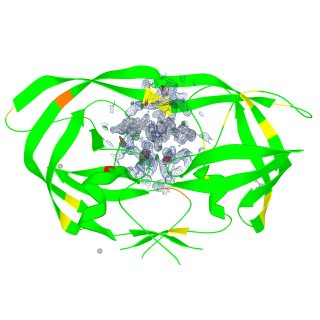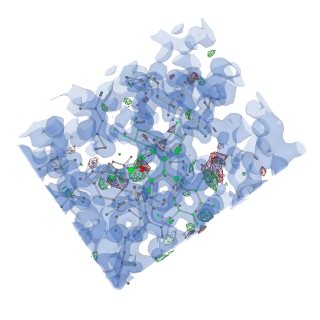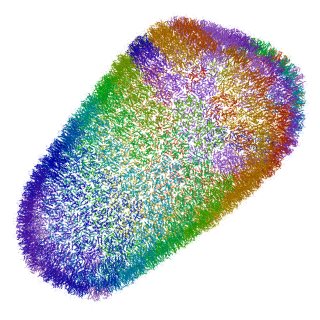

Powerful and blazing-fast tool for handling 3D macromolecular data in the browser
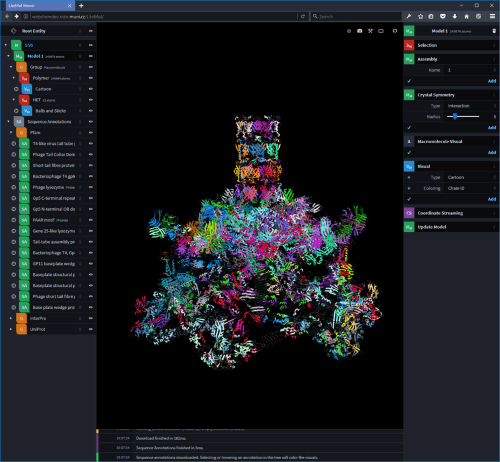
VIEWER
Web based molecular viewer
LiteMol Viewer is an HTML5 web application for 3D visualization of molecules and other related data.
Among other things, LiteMol provides:
-
Standard visualizations: cartoons, surface, balls and sticks, etc.
-
Integration with PDBe API: view and explore validation and annotation data.
-
Integration with the Coordinate Server: download only parts of structures you are interested in.
-
Support for the BinaryCIF format that reduces the amount of data that needs to be sent to the client several times.
More information about LiteMol can be found on the wiki or watch some of our YouTube tutorials.
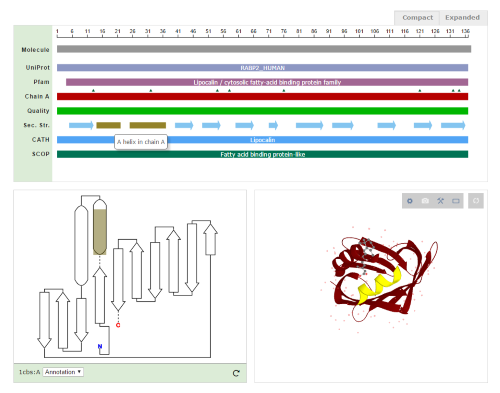
PLUGIN
Embed LiteMol in your web pages
LiteMol can be embedded in your pages as a plugin to enable rich interaction with your data. For example, PDBe uses LiteMol in simultaneously highlighting the 1D, 2D, and 3D structure of a protein.
To include LiteMol in your applications, you can start by looking at the examples in the GitHub repository. LiteMol is written in TypeScript, a typed extension of JavaScript (but can be consumed from plain old JS as well) and uses WebGL for 3D visualization. For simple use cases, PDB Component Library wrapper can be used.
If you need more help integrating it or are missing some key functionality, please contact us or use the GitHub issues page.

LIBRARY
Parsers and data representation for molecular data
LiteMol can serve as a library that provides parsers and data reprepresentation for molecular data that could be used to build powerful applications.
For example, the CoordinateServer uses LiteMol to load, represent, and query the molecular data.

On-demand streaming of selected parts of 3D molecular data
CoordinateServer is a fast, web-based tool for delivering a subset of mmCIF coordinate data for a PDB entry held in the PDB archive. The server is able to return the specific portions of the structure that are relevant, as specified in your query. For example, the coordinates of the atoms within a 5 angstrom radius around the ligand binding site, including symmetry mates. As a result, it greatly reduces the time needed to transmit and manipulate the data.
Among other cool features, it supports the BinaryCIF format that further reduces the amount of data that needs to be sent to the browser.
CoordinateServer is also available as a service provided by PDBe.
The source code for CoordinateServer is available at the GitHub repository.

On-demand 3D volumetric data streaming
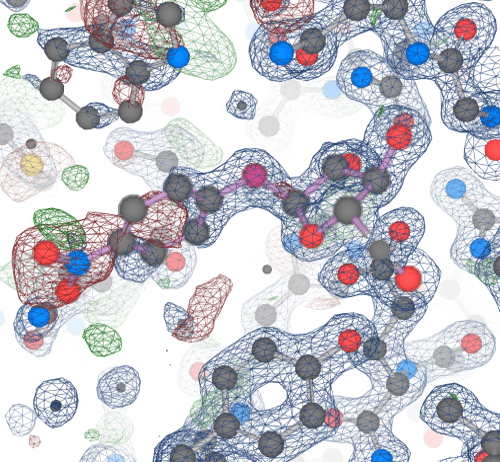
DensityServer is a web service for streaming slices of 3D volumetric data, most notably the electron density data available in the Electron Density Server (EDS) and electron microscopy imaging data from the Electron Microscopy Data Bank (EMDB).
The service provides near-instant access to any reasonably sized slice of density data (e.g. 5 angstrom radius around a ligand) in full resolution or a downsampled surface of the entire structure .
Like CoordinateServer, it uses the BinaryCIF format to reduce the amount of data that needs to be sent to the browser.
The source code for DensityServer is available at the GitHub repository.

Efficient macromolecular data format
BinaryCIF is a data format that stores the text based CIF using a more efficient binary encoding. BinaryCIF files take up to an order of magnitude less space than the corresponding CIF files.
mmCIF data stored using BinaryCIF correspond exactly to the standard text format defined by wwPDB. As a result, existing software supporting the mmCIF could be very easily modified to support BinaryCIF as well.
Moreover, thanks to the extensible encoding schemes available in BinaryCIF, the format is suitable for transferring a wide range of other types of data, e.g. electron density.
A more comprehensive benchmark of BinaryCIF can be found in the BinaryCIF GitHub repository.

